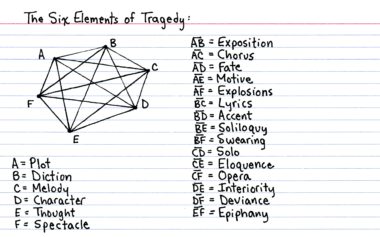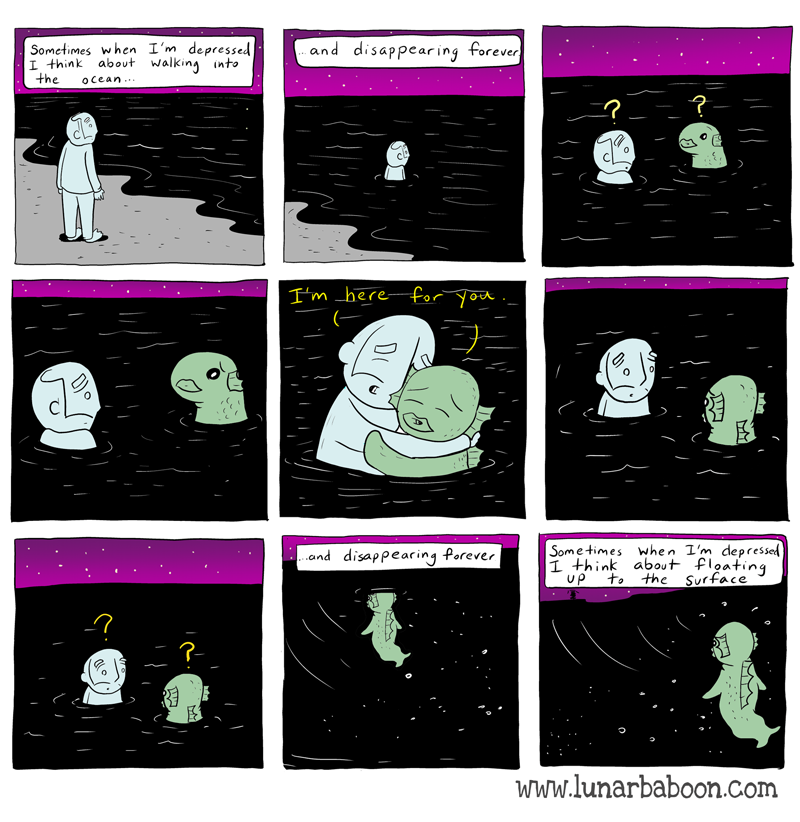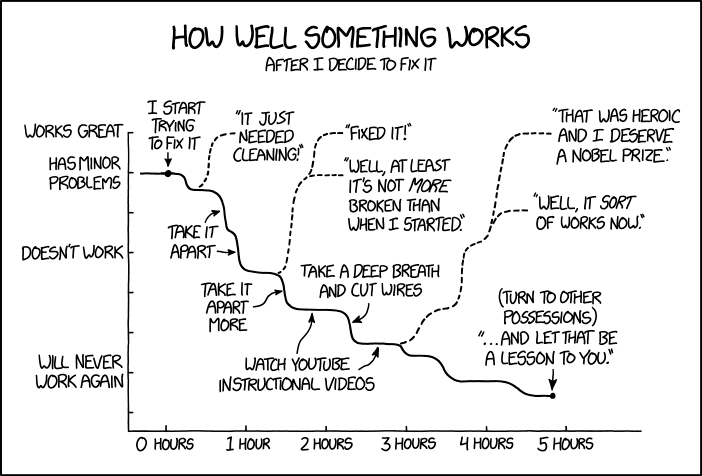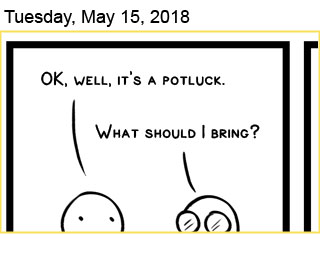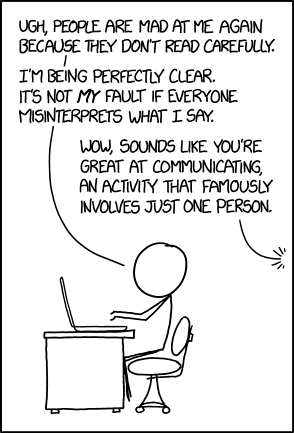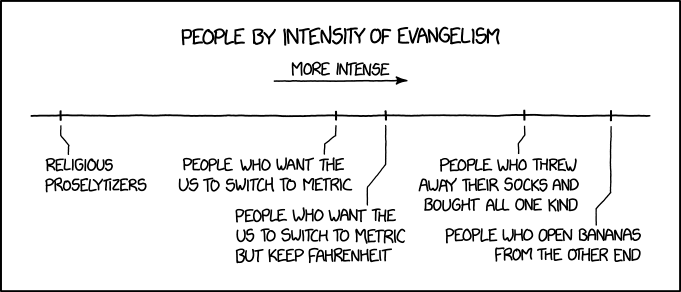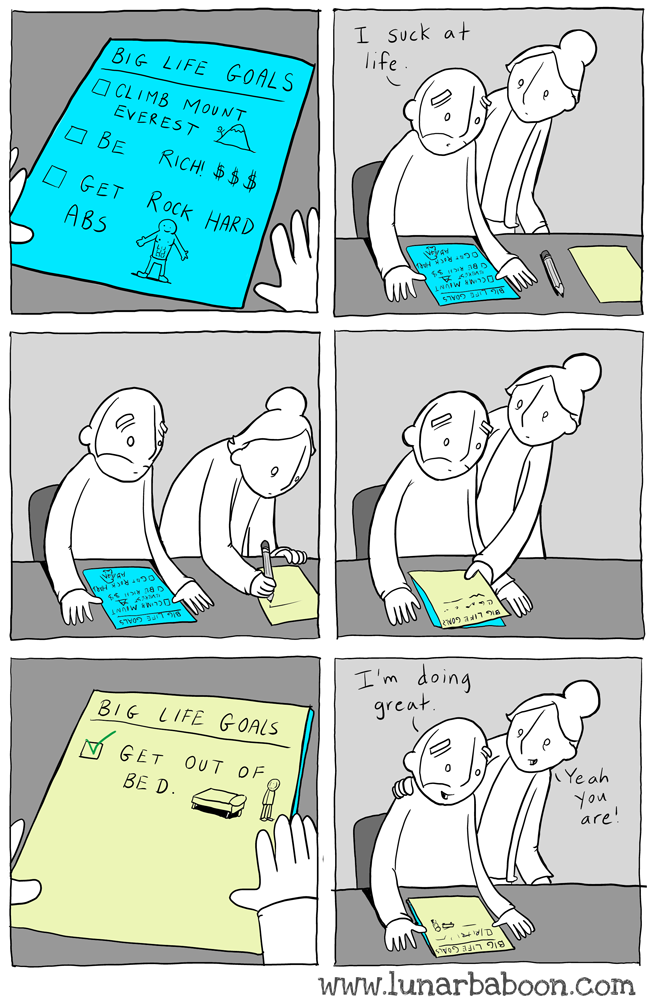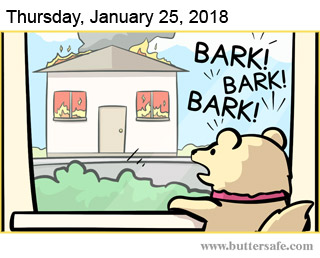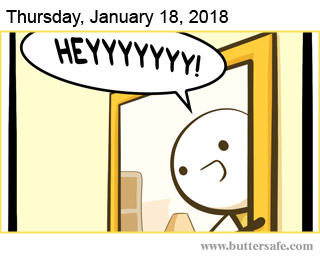It’s a bit of an abridged entry today due to the holiday, but I thought I’d button up some of my thoughts on the first part of the game.
In Which I Try to Figure Out What Exactly Is Going On
After finally gathering up various macguffins (the phylactery, the incantation to activate it, and a weird baby thing called Uma), Geralt and company are ready to polish off the first half of the game. If you haven’t played The Witcher 3, or even if you have, the parenthetical in the previous sentence might be a bit confusing. It’s still confusing to me, and I’ve played through the game several times.
 |
This is Uma. He's a weird baby thing. It's ok if you're confused. |
Basically, we’ve been on Ciri’s trail this whole time, following rumors, gathering clues, and talking to people who met her passing through, trying to figure out what exactly has happened to her and where she is now. This is difficult because Ciri is a child of the “Elder Blood,” also known as the “Hen Ichaer.” I won’t lore dump about this right now, but suffice it so say she has unique magical abilities, chief among them the ability to teleport.
The problem is that she doesn’t entirely have control over these abilities. If she gets into a sticky situation, she can teleport out, but she won’t always know where she’ll arrive until she gets there. This obviously makes tracking her difficult, and it explains why we have to trek all over creation to piece together her story. Now I’m a reasonably attentive person, and I’ve played this game multiple times. However, even I am not entirely sure what exactly happened to Ciri and in what order. I’m going to try and reconstruct my understanding of events, without cheating by looking at the wiki.
- Ciri is attempting to escape the Wild Hunt, who want her for reasons we don’t entirely understand yet. She is being aided by a mysterious Elven mage. The Wild Hunt has the ability to track her when she teleports.
- She arrives (I believe) in Skellige first. She fights some of the Wild Hunt in a forest before teleporting again (I believe). At this point (or possibly before) her Elven companion is cursed by Eredin, King of the Wild Hunt. However, the curse does not take effect immediately.
- Ciri teleports to Velen, where she helps a young girl escape a werewolf in the forest, then finds herself in the company of the Bloody Baron. After spending some time at Crow’s Perch, she travels to Novigrad.
- The Elven Mage also goes to Velen (I’m not sure where this part fits in the timeline). He enlists the help of Keira Metz to create a potion which will delay the effects of the curse.
- The curse is somehow connected to a phylactery, which is now broken (how?). Ciri enlists Novigrad gangster “Whoreson” Junior to fix it. (This part is confusing even on its own, and I covered it in the Novigrad section)
- Ciri’s Elven companion somehow secrets her away on a magical isle called the Isle of Mists. Here she’ll be hidden from Eredin, unless she uses her teleport ability again.
- The mysterious Elf goes back to Skellige (the Isle of Mists is accessed from Skellige so perhaps it was to deliver Ciri there). Here he finally succumbs to his curse, which turns him into the weird baby thing called Uma. If you know what kind of personalities Witcher Elves, and especially the Aen Elle, have, this isn’t as strange as it sounds. The purpose of the curse was to humiliate the Elf.
- At some point Ciri spent some time in a village in Skellige called Lofoten, which was attacked by the Wild Hunt shortly afterwards. I think this was right before she went to the Isle of Mists, but I’m not sure.
- The weird baby thing is collected by a local Skellige trader, who keeps it as a curiosity before losing it in a card game to the Bloody Baron.
- Geralt collects Uma at Crow’s Perch, once he finally learns that it’s connected to Ciri. Now he, Yennefer, Triss, and the other Witchers are returning to the Witcher stronghold at Kaer Morhen to try and figure out how to lift the curse.
Hoof. That’s a lot of stuff, and I’m not sure I got it all right. Between the fact that this sequence of events involves magical shenanigans, the details of which are not always made available to the player, periodic teleportation of the main character, and the fact that you learn everything in bits and pieces and out of order, it’s no wonder that by the time I arrived at Kaer Morhen I wasn’t entirely sure what I was doing and why.
 |
To clear things up, I've decided to include this screenshot with no context whatsoever. |
This isn’t necessarily a damning indictment of the first part of the game. Creating a detailed timeline of what exactly happened to Ciri and when isn’t essential to the player’s experience. What’s more important is that we’ve gotten to know and like the main characters, and hopefully feel close enough to Ciri that we have some measure of the parental concern that Geralt does.
But it’s not entirely unimportant, either. In an open world game like this, when you spend a good chunk of your time following the marker on the compass, it’s easy to lose track of your original goal. It doesn’t help when the goal is confusing. On the one hand, Geralt is looking for Ciri. On the other, at some point I basically just gave up on trying to deduce her location using available clues and instead just resigned myself to the knowledge that the game would pull something out of its ass at the appropriate time. That’s not the ideal state of mind you want in a genre that traffics in immersion.
It’s why it’s good, I think, that there’s a bottleneck in the middle of the game to refocus and simplify things. So Vesemir gets the gang back together at Kaer Morhen, and we get to the good part.
The Importance of Downtime
One of the many ways “gameplay” is defined is “a cycle of challenge and reward.” You present the player with something difficult to do, and once they succeed, you reward them. In RPGs, the reward is often either experience points, a new party member, some kind of swanky magical doodad, or all of the above.
But another possible reward, and an underutilized one at that, is downtime. Downtime is the absence of gameplay. It’s a break, a sequence where you don’t have to shoot or stab anything, or make any tough jumps, or solve any puzzles, or whatever. Where you just get to bask in the game world and enjoy it for a bit.
And now, at Kaer Morhen, the player gets the opportunity to get smashed with Geralt’s fellow Witchers. It’s goofy, doesn’t advance the story, and features what by now is the RPG cutscene standard of poorly executed drinking animations. (Seriously, why has no studio managed to create a realistic-looking animation for a character drinking liquid out of a cup? Just mocap it if you have to!)
 |
No drowners, no bandits, no water hags. Just Lambert doing his Vesemir impression. |
I’ve noticed that a disproportionate share of the games I’ve found most memorable have had well-crafted downtime. Half-Life 2 is a game that rewards players with expertly-timed downtime. I’m guessing that most people who played Final Fantasy VII still remember going on a date at the Golden Saucer more than two decades later. Bioware, even in their current diminished state, still has downtime chops. The Citadel DLC was basically downtime. In Mass Effect: Andromeda, the “movie night” sequence was the same.
It’s a trick that I wish more studios would add to their repertoire. It’s the necessary balance to the urge to make everything bigger and more intense and more epic. Cycles of tension and relaxation are crucial to music, drama, and virtually every kind of art. Games, in my opinion, are no exception.
So, this Independence Day, we celebrate downtime. In the next entry, we get back to business. After all these hours of gameplay, we’re finally going to find Ciri. Stay tuned.
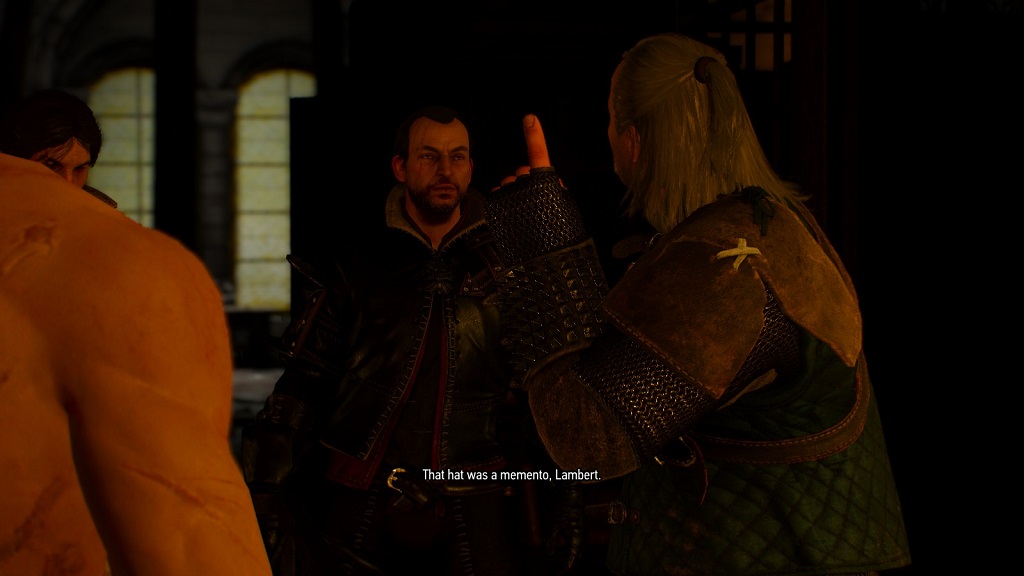 |


